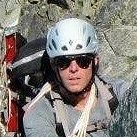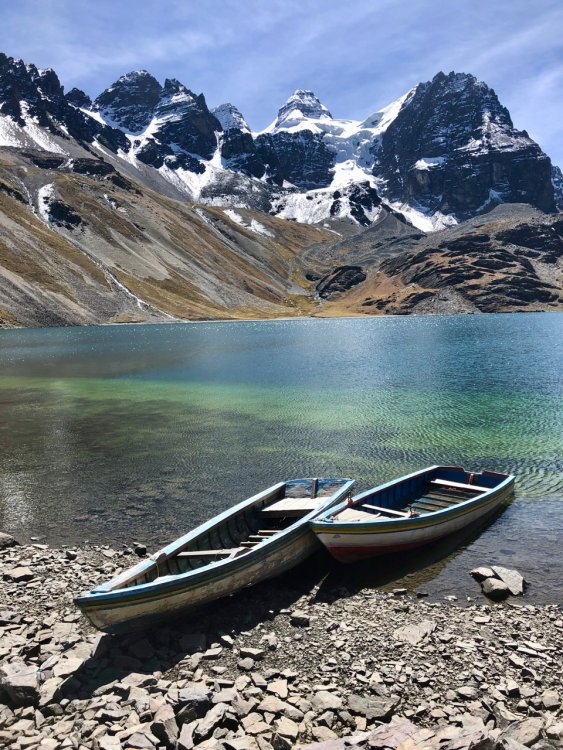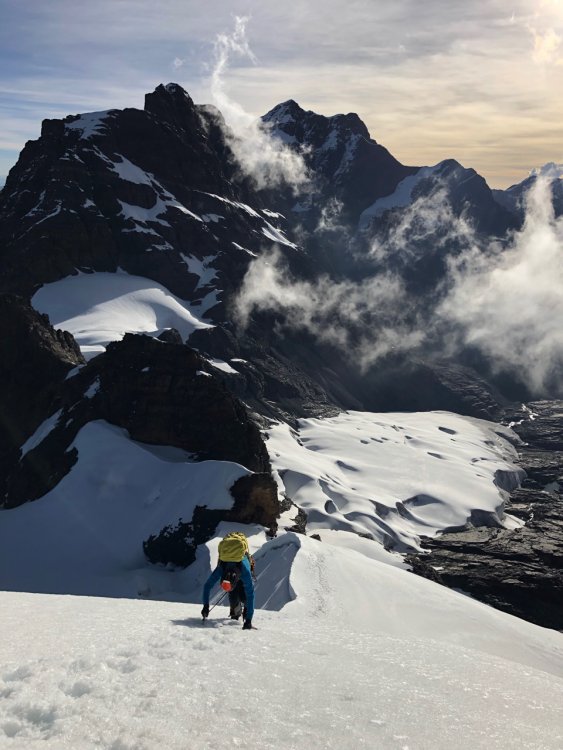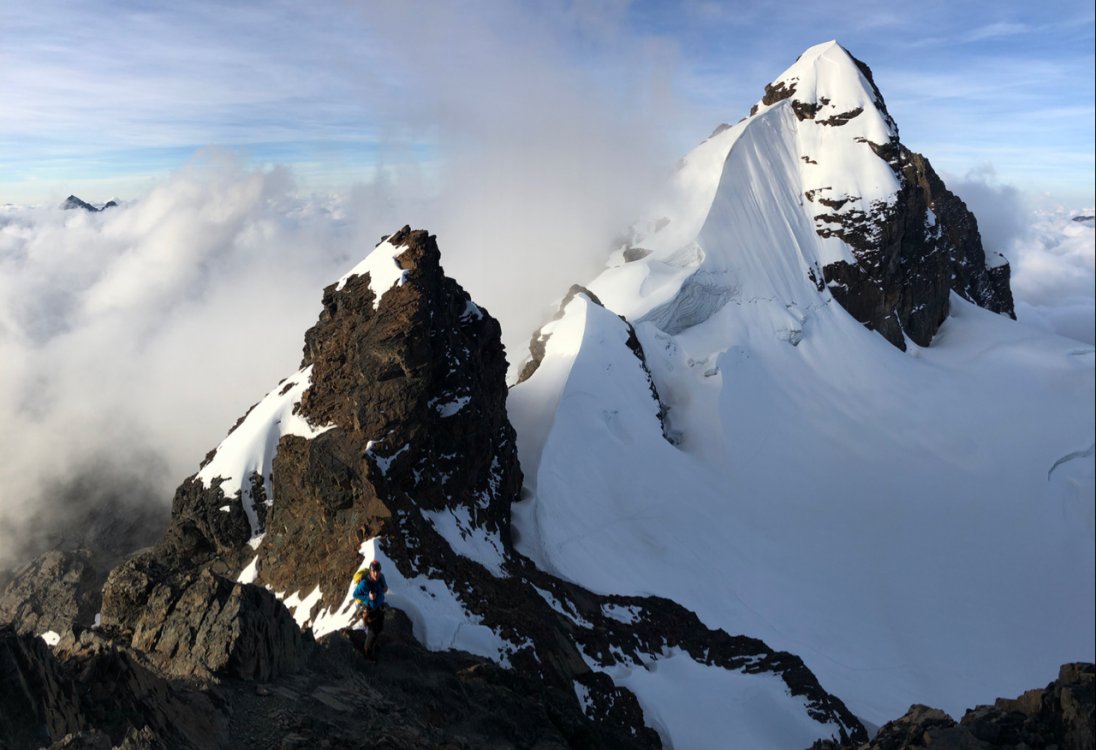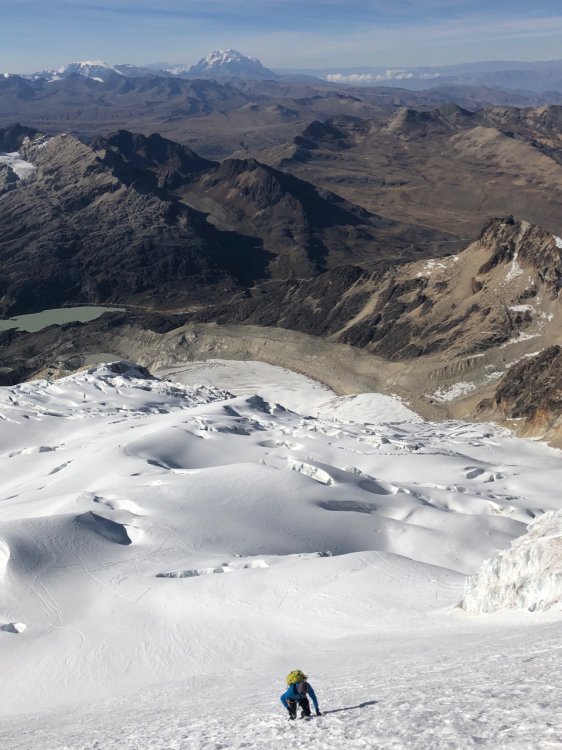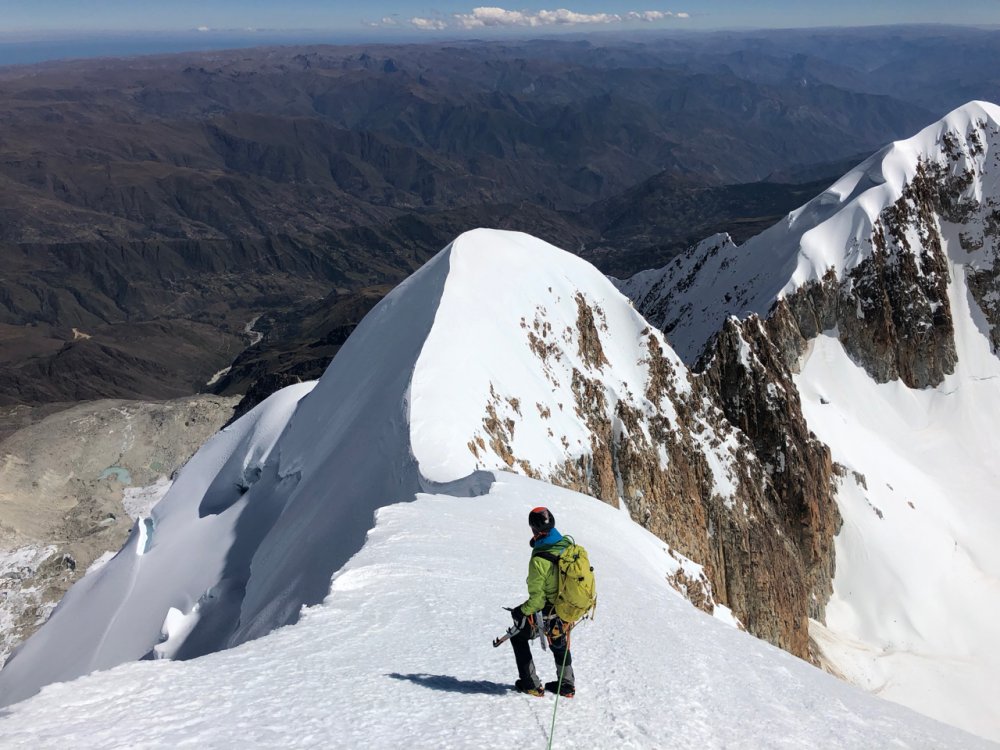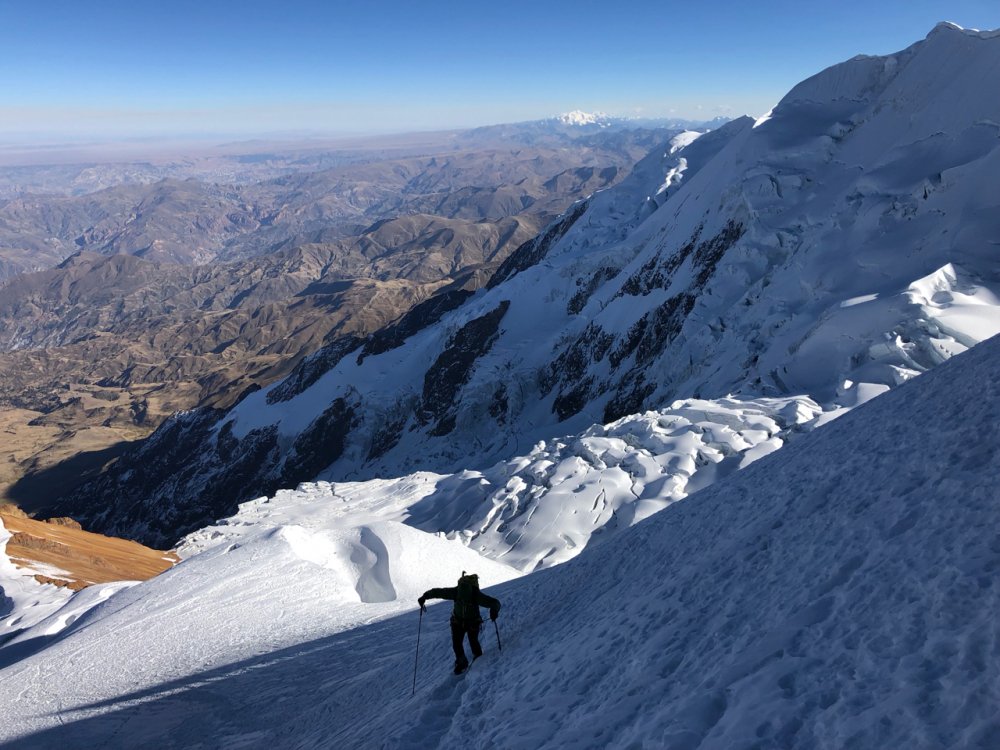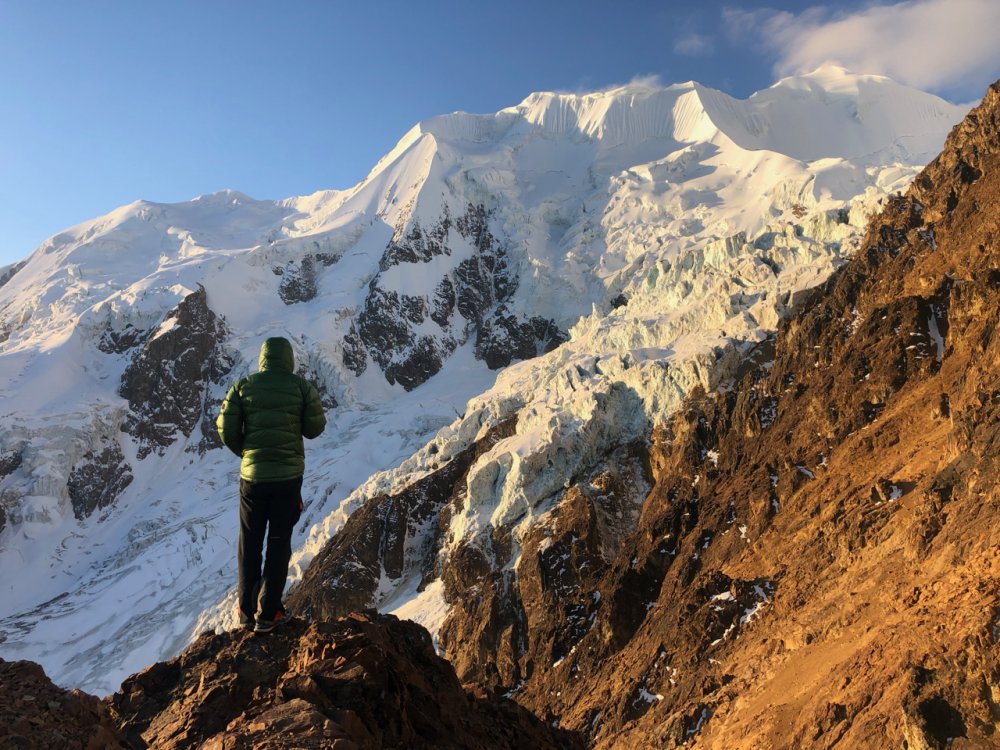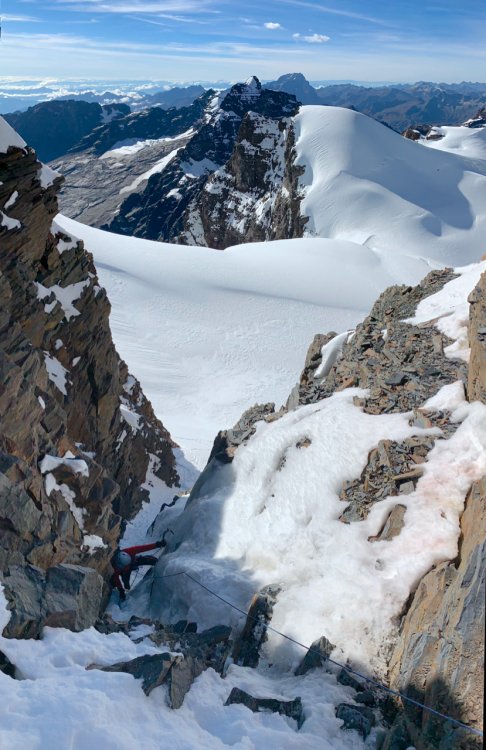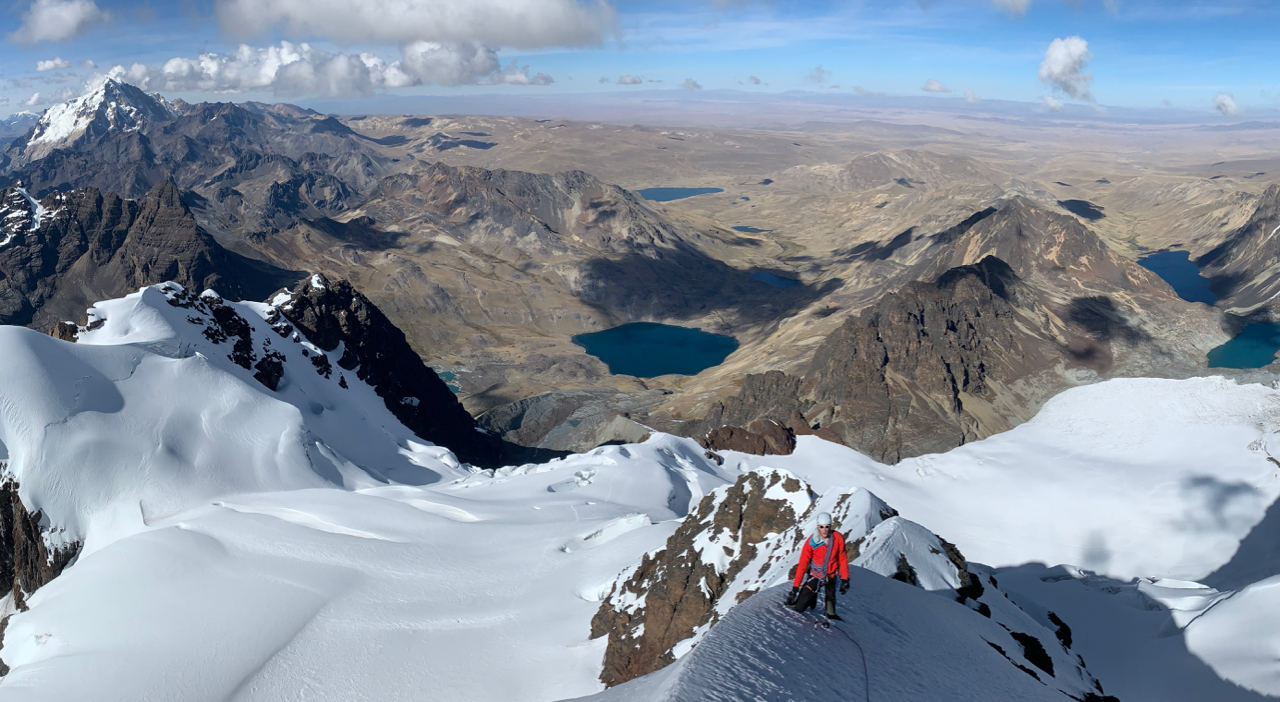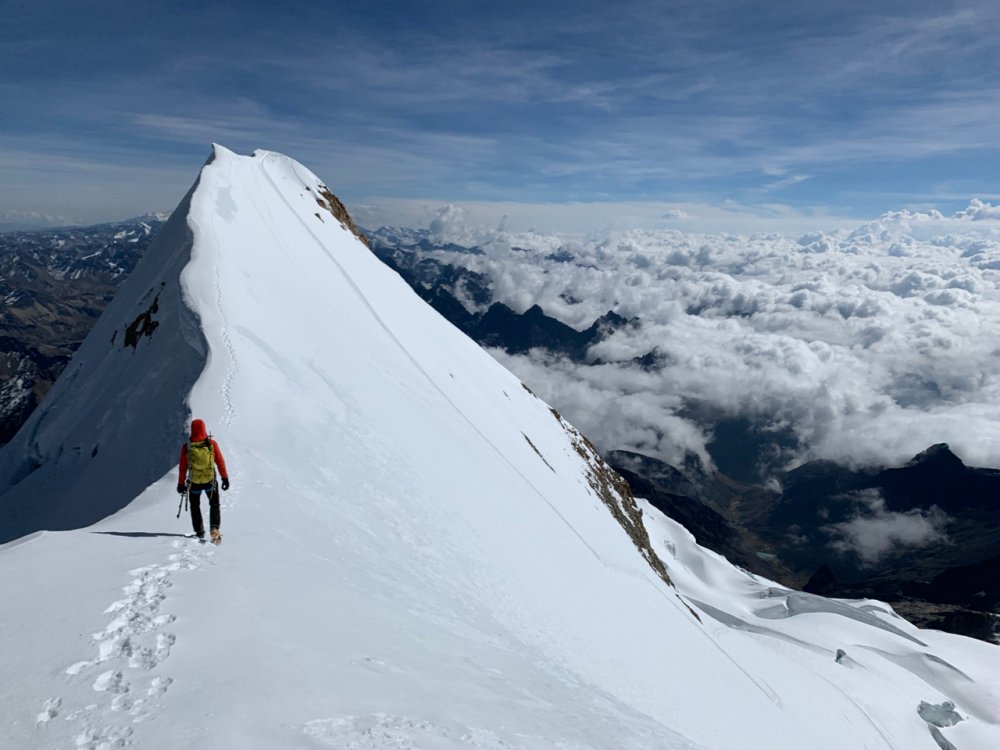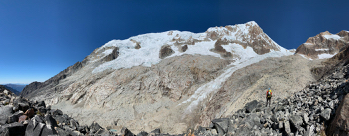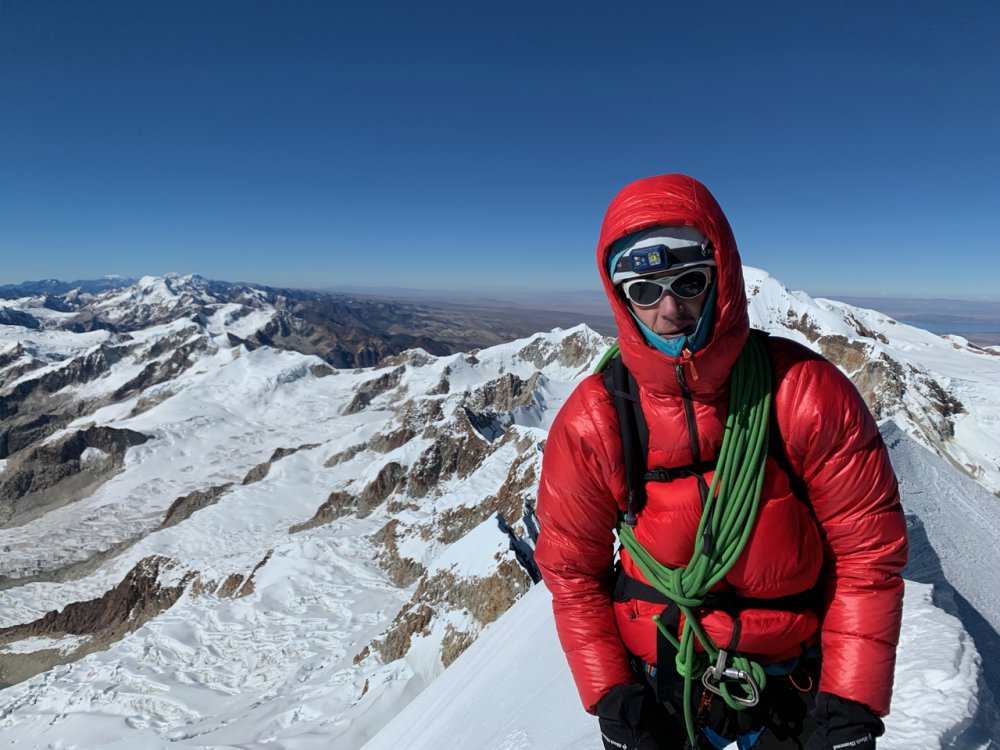Leaderboard
Popular Content
Showing content with the highest reputation on 06/22/19 in all areas
-
Trip: Bolivia - Cordillera Real - Pequeño Alpamayo, Cabeza de Condor, Huayna Potosí, Illampu, and Illimani Trip Date: 05/26/2019 Trip Report: I just returned from a 3-week climbing trip to Bolvia and figured some folks here would be interested in hearing about the climbing down there. We stayed mostly healthy, had perfect weather and conditions, and the logistics went smoothly, which made it possible to pack in a lot of climbs: May 26 - Arrive in La Paz May 28 - Pequeño Alpamayo (17,618') - West-Southwest Ridge (III, AD) May 30 - Cabeza de Condor (18,530') - Southwest Ridge (III, AD+) June 2 - Huayna Potosí (19,974') - French Direct Route (III, AD+) June 6 - Illampu (20,892') - Northwest Headwall to Southwest Ridge (III, AD/AD+) June 12 - Illimani (21,125') - West Spur / Normal Route (II, PD) June 15 - Depart La Paz My partner and I had previously done similar trips together to Patagonia and Peru, so we felt comfortable designing our own itinerary and climbing alone without guides. I'd recommend this for experienced climbers who appreciate a "faster and lighter" mentality (and only if you have at least one person who can speak enough Spanish to get by). We bought Yossi Brain's 1999 Bolivia Climbing Guide and found enough beta online as well. We did a healthy amount of Google Earth scanning to identify camps and approach trails too. In my trip reports linked above, I've included Strava links with our GPS tracks to save others some trouble (just ignore if you want more suspense : ). In terms of logistics, we flew into La Paz, which is crazy city of nearly a million people in a valley with another million or so on the sprawling altiplano called El Alto. The city is an interesting experience in contrasts, with everything from folks living in dirt-floored huts to a shiny cable car system. La Paz is about 12,000' depending on where you stay and El Alto is about 14,000'. We opted to rent an Airbnb in La Paz for the whole trip as a basecamp (at ~$30/night, this was pretty economical). We started in La Paz for 3 days / 2 nights to acclimate before our first objective, which we deliberately chose to be one of the shorter peaks (Pequeño Alpamayo at 17,618'). This worked well for us. We slowly ratcheted up the elevation over the course of the trip and never felt worse than headaches and throwing up breakfast once. You can hop into the links above to hear more about our experiences and the routes. I've put a few pictures in here to whet your appetite! - Jeff Gear Notes: We brought 5 pickets, 8 ice screws, some nuts, and some pins, just in case. We ended up placing pickets only once or twice on the trip and simul-climbed or simul-soloed almost all of the terrain. Approach Notes: See each trip report for some details on how we got there and a GPS track.2 points
-
No problem. Happy to help. I think we nailed the season. The snow was stable and firm, the guide companies had been sending clients up on most peaks already, and the weather was great—dry pretty much the whole time. Three weeks actually bordered on too much for us. After two weeks, we'd climbed everything on our initial three-week itinerary and we even considered flying home early or heading to another destination, but decided to just do one more peak. This was partly due to weather, conditions, and logistics all working out really well for us. My three-week trip to Patagonia felt too short due to difficult weather. Two-and-a-half weeks in Peru was also bordering on too short, given getting sick there. So three weeks is a good duration if you can swing it to buffer for the unexpected. We left Bolivia feeling like there wasn't much unfinished business. Other options for us were the West Face of Huayna Potosi and the Grand Traverse of Illimani. We would have done the latter if we'd been a bit more healthy and confident at the end of the trip. We considered Chachacomani, but it didn't sound terribly interesting. Ancohuma was a similar story. Sajama didn't sound interesting to us at all. I think Peru might have an edge if you're choosing between the two for a first trip: Huaraz is more of a mountain town with a scene focused on climbing, there are more route and peak options, and the climbing can be more technical (but there are easier options as well). La Paz is a big city and the peaks are generally less technical. Transportation is similar. Some approaches in Peru are bigger and make more sense to do with support (donkey drivers, etc.), which is an interesting experience. We did like the faster and lighter approach in Bolivia having experienced both, though. It's pretty cheap in both countries once you're there. I believe Bolivia has the edge on cheapness. We didn't hire a guide in either place, but we heard that Peru has "European rates" while Bolivia was surprisingly cheap for guides, porters, donkey drivers, and cooks from what we heard. Hotels were easily bookable online for both places in advance and costs were pretty reasonable. Bolivia was downright cheap. We found it was worth spending a bit more in Huaraz—our first hotel smelled like sewage and had a lot of street noise. Basic supplies where cheap in both places. For example, we bought standard butane fuel for our stove at 20 Bolivianos per canister in La Paz ($2.90). There are normal grocery stores in La Paz with staples. Huaraz had some smaller ones and you could buy things like oats, dried fruit, salami, etc. in the markets. Taxis worked in both places and were pretty reasonable (3-hour drive from Illimani was 450 Bolivianos / $65) and some transportation made sense to do in Collectivos in both places, which are dirt cheap. Looking forward to hearing about your adventure down there. - Jeff1 point
-
Thanks for the info! I have a few more questions: Did you feel like you scheduled your trip for the optimal time? In retrospect would you have planned an earlier or later trip in the season? Did three weeks feel rushed for acclimatization, travel, and all the peaks you climbined? If you had an additional week in Bolovia are other peaks you would have liked to climb in the Cordillera Real? For an Andes newbie, (but no stranger to big, cold peaks), would you recommend Peru or Bolivia for a first trip? Can you comment on the relative expense, booking accommodations, obtaining basic supplies (stove fuel, food), and transportation to the mountains between the two countries? Thanks, DPS1 point


